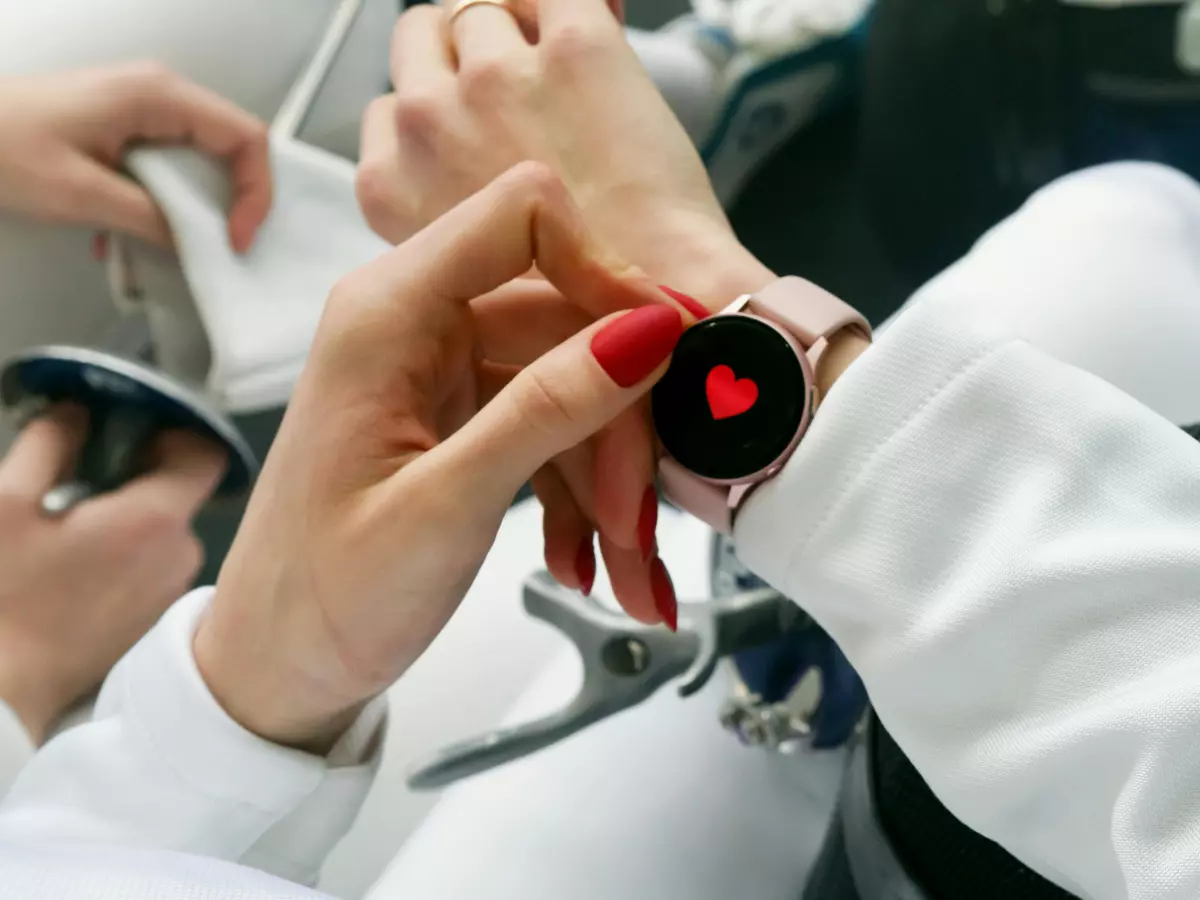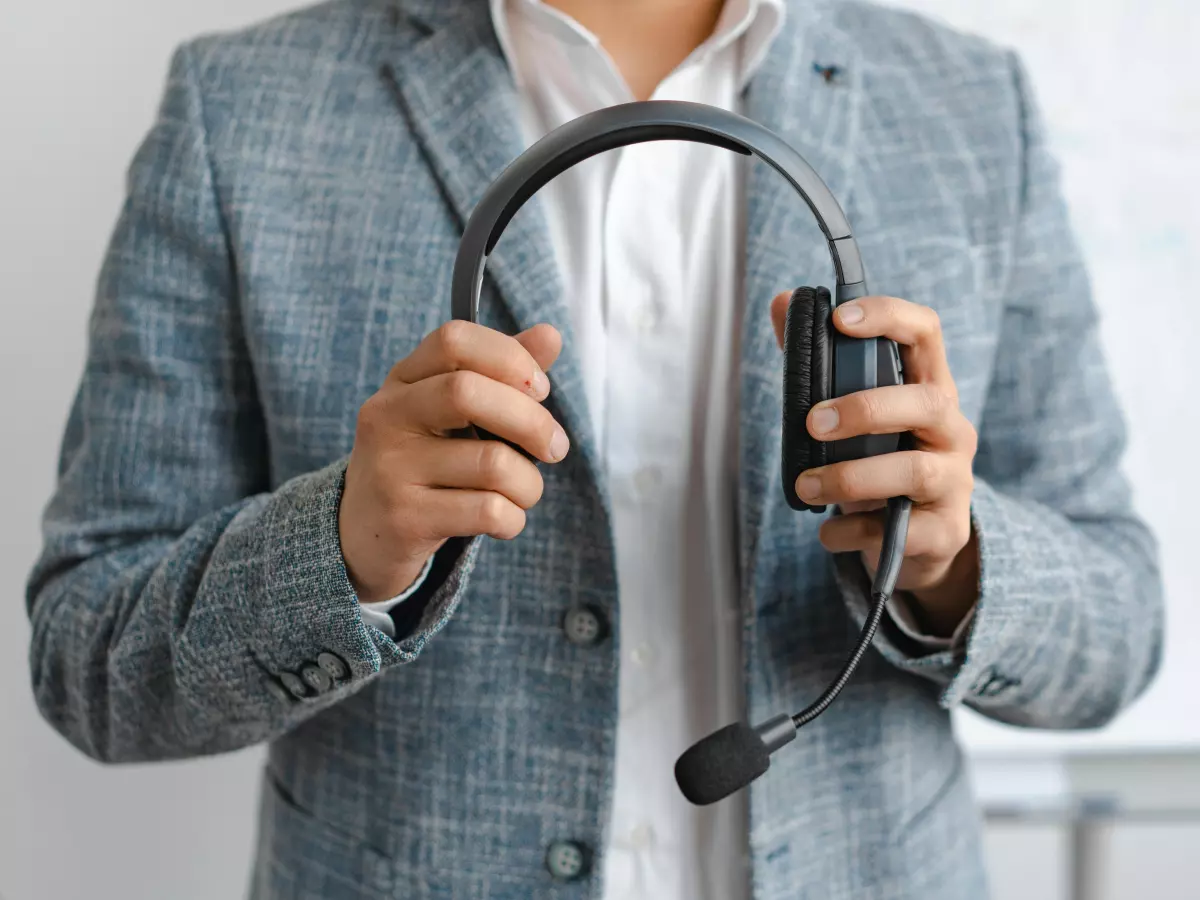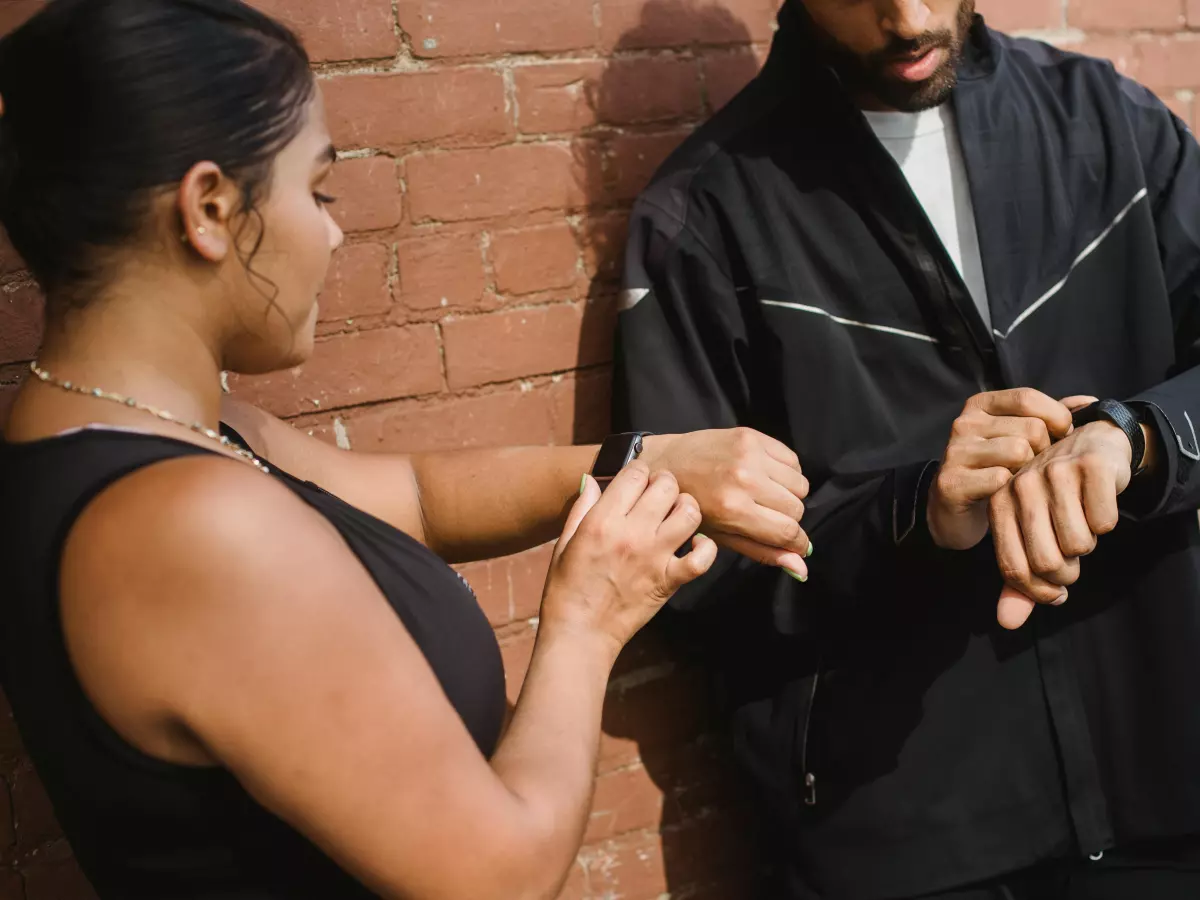Software Magic
Imagine a symphony orchestra playing without a conductor. The musicians may be talented, but without someone to guide them, the music would be chaotic. Now, think of your wearable device—its sensors are like those musicians, and the software? That's the conductor, ensuring everything works in harmony.

By Hannah White
Picture this: You’re out for a run, the wind brushing against your face, your heart pounding in your chest. Your smartwatch is tracking every step, every heartbeat, and every calorie burned. But have you ever wondered how it all works together so seamlessly? Sure, the sensors are doing the heavy lifting, but it’s the software that’s really pulling the strings behind the scenes. Without it, those sensors would be like a bunch of musicians playing out of sync.
Wearable devices are packed with sensors—accelerometers, gyroscopes, heart rate monitors, and more. These sensors are constantly collecting data, but raw data on its own isn’t very useful. That’s where software comes in. It processes all that information, turning it into something meaningful, like how many calories you’ve burned or how well you slept last night. And it does all of this while managing battery life, ensuring your device doesn’t die halfway through your day.
The Software-Sensor Dance
Let’s break it down: Sensors in wearables are designed to detect specific types of data—motion, heart rate, temperature, etc. But they’re not perfect. They can pick up noise or irrelevant data, and that’s where software steps in. It filters out the noise, ensuring that only the most relevant information is processed. Think of it like a bouncer at a club, letting in only the VIPs and keeping the riff-raff out.
Software also plays a crucial role in interpreting sensor data. For example, your wearable might detect that your heart rate is elevated, but it’s the software that determines whether you’re exercising or just stressed out. It analyzes patterns and trends, providing you with insights that are far more useful than just raw numbers.
Battery Life: The Balancing Act
Now, let’s talk about battery life. One of the biggest challenges for wearable devices is balancing sensor activity with battery consumption. Sensors are power-hungry little beasts, and if they were running at full capacity all the time, your device’s battery would drain faster than you can say “low power mode.”
This is where software really shines. It optimizes when and how sensors are used. For instance, your wearable might not need to track your heart rate every second of the day. The software can decide to take readings at intervals, saving battery life without compromising on the accuracy of the data. It’s like having a smart thermostat in your home—it only kicks in when it’s needed, keeping your energy bill (or in this case, your battery) in check.
Software Updates: The Secret Weapon
One of the coolest things about wearables is that they can get smarter over time, thanks to software updates. These updates can improve sensor accuracy, enhance battery efficiency, and even add new features to your device. It’s like getting a brand-new gadget without having to buy one.
For example, a software update might introduce a new algorithm that allows your wearable to better detect when you’re in REM sleep, giving you more accurate sleep tracking. Or it might optimize the way your device uses its GPS, extending battery life during long runs or hikes. These updates are like magic potions, breathing new life into your wearable and keeping it relevant long after you’ve purchased it.
What’s Next for Wearable Software?
So, what does the future hold for wearable software? Well, we’re already seeing the integration of AI and machine learning into wearables, which is taking things to the next level. Imagine a wearable that learns your habits and adapts to them, automatically adjusting its settings to give you the best performance and battery life based on your unique lifestyle.
We’re also likely to see more seamless integration with other devices and platforms. Your wearable could become the hub of your personal tech ecosystem, communicating with your phone, your smart home devices, and even your car. The software will be the glue that holds it all together, ensuring that everything works in perfect harmony.
In the end, it’s clear that while sensors may get all the glory, it’s the software that’s the real hero of the wearable world. It’s the conductor, the bouncer, and the smart thermostat all rolled into one, making sure your device works efficiently and effectively. So, the next time you glance at your smartwatch or fitness tracker, remember: it’s not just the sensors that are working hard—it’s the software, too.
And with the rapid pace of software development, who knows what your wearable will be capable of next?




